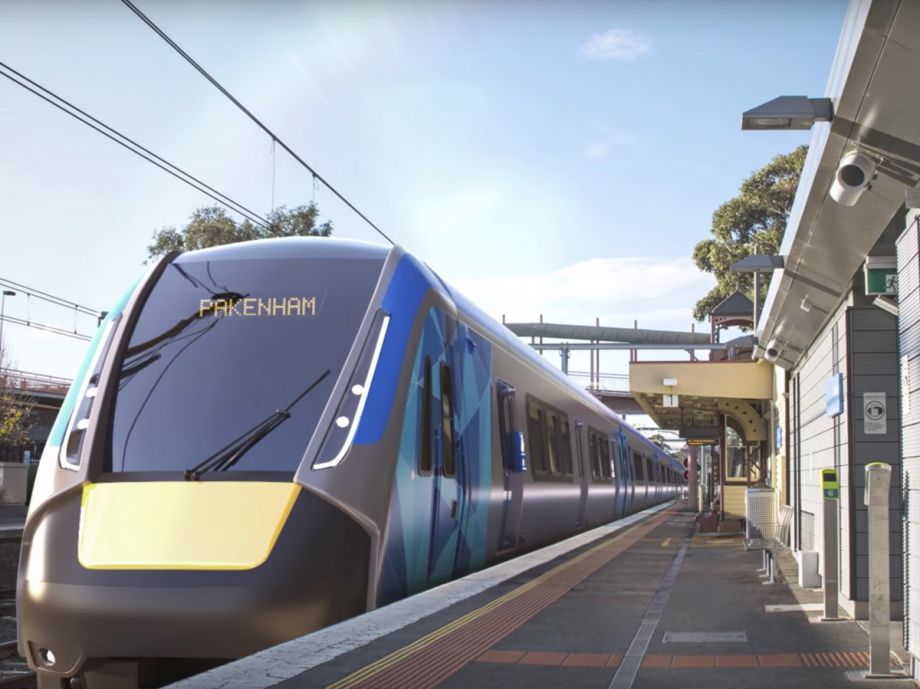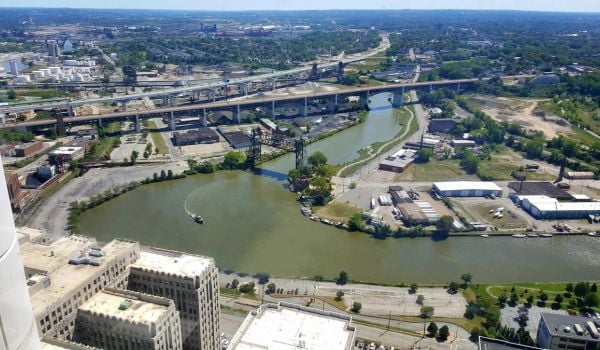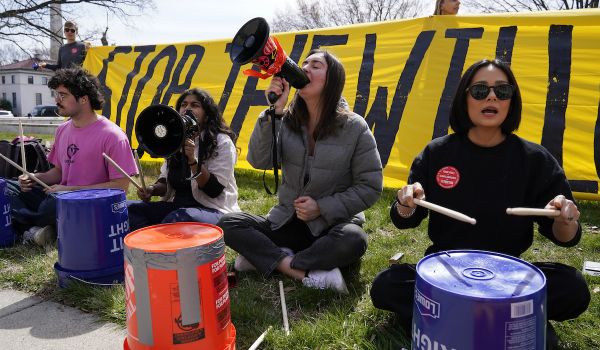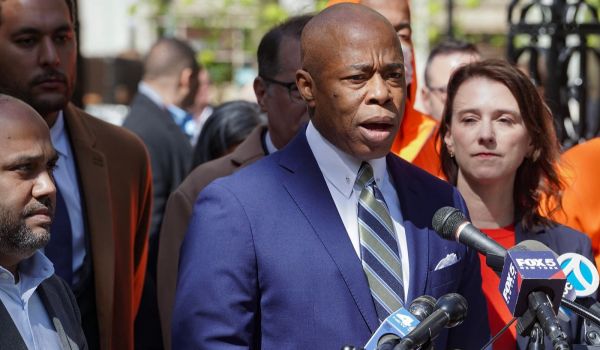Our weekly “New Starts” roundup of new and newsworthy transportation projects worldwide.
Consortium Picked to Build New Melbourne Metro Tunnel
The Victoria state government has chosen the Cross Yarra Partnership, a consortium of four firms, to build Melbourne’s Metro Tunnel, a north-south subway that will relieve pressure on the busy City Loop.
Global Rail News reports that the 9-km (5.6-mile) tunnel will run from North Melbourne to South Yarra and connect the existing Sunbury and Cranbourne/Pakenham lines via the city center. The tunnel will have five stations. New passageways will connect Flinders Street and Melbourne Central stations on the City Loop with CBD South and CBD North stations on the new tunnel to facilitate transfers between the two routes.
In a statement, Minister for Public Transport Jacinta Allan said, “The Metro Tunnel will free up space in the City Loop to run more trains, more often across Melbourne.”
The consortium is led by Lendlease Engineering, John Holland, Bouygues Construction and Capella Capital. According to a report in the International Railway Journal, the tunnel project will cost A$6 billion ($4.7 billion U.S.)
Test Trams Start Running in Luxembourg
The International Railway Journal reports that test runs began on the first section of Luxembourg’s new light-rail network July 12.
Several politicians were on hand to officially launch the test runs along John F. Kennedy Avenue at a ceremony that day at Luxtram’s Kirchberg depot.
The test runs are taking place on the segment between Coque and LuxExpo stations. The full initial segment from LuxExpo to Pont Rouge should enter full service in December.
New Ferryboats Meet Surging Demand in Hampton Roads
The ferry that plies the Elizabeth River between downtown Portsmouth and Norfolk’s Waterside festival marketplace has a connection to history: Begun in 1985, it’s the descendant of the first ferry to operate in the New World, which began crossing the Elizabeth River in 1636 and shut down in 1955.
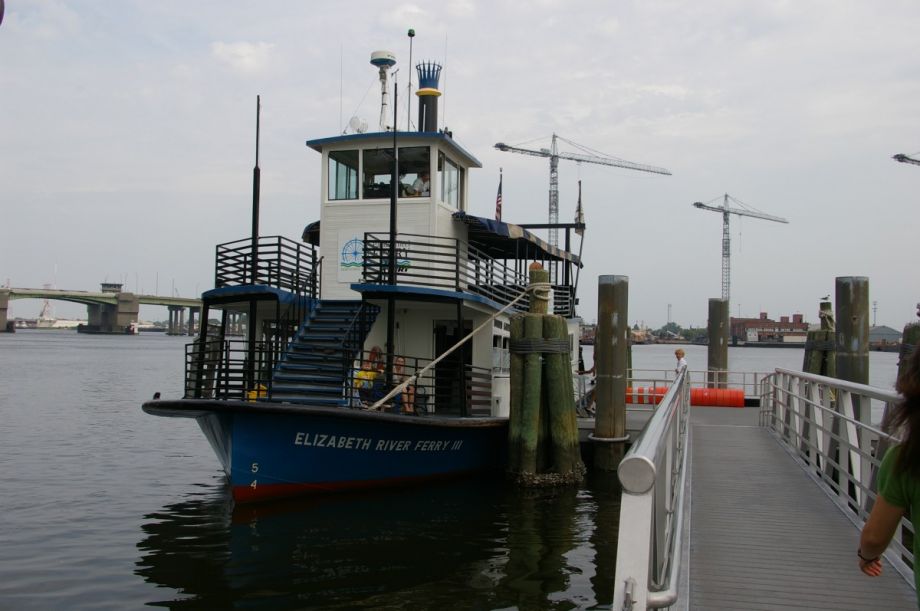
Hampton Roads Transit is replacing ferries that run between Portsmouth and Norfolk, Virginia, with more fuel-efficient models. (Photo by Joy Schoenberger)
To handle this rising demand, Hampton Roads Transit launched the first of three new, more efficient paddle-wheel ferryboats on July 14.
The new ferries are more fuel efficient, have better electronic navigation and have cleaner-running engines. But their biggest improvement is the addition of a second door, allowing passengers to board via one door and exit via another. The new ferries will replace older boats that had only a single entrance and exit, leading to long lines at peak hours.
Portsmouth Mayor John Rowe described the ferry as “the Main Street between two historic cities” at the new boat’s christening at the Waterside dock. “The river ties us together,” he added.
The trip across the Elizabeth takes 10 minutes. The ferryboats being replaced entered service in 1982, 1986 and 1990 and were becoming increasingly expensive to maintain.
Know of a project that should be featured in this column? Send a Tweet with links to @MarketStEl using the hashtag #newstarts.

Next City contributor Sandy Smith is the home and real estate editor at Philadelphia magazine. Over the years, his work has appeared in Hidden City Philadelphia, the Philadelphia Inquirer and other local and regional publications. His interest in cities stretches back to his youth in Kansas City, and his career in journalism and media relations extends back that far as well.
Follow Sandy .(JavaScript must be enabled to view this email address)

